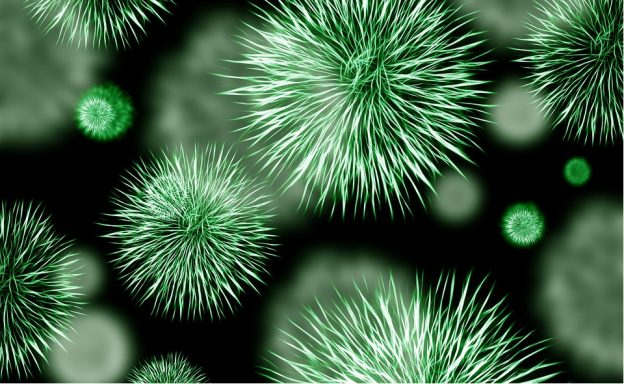Classic models of infection dynamics describe host reproduction independently of infection transmission. This is fine for air-borne or vector-borne infections, and also for sexually transmitted diseases in humans, where only a negligible proportion of sexual intercourses results in reproduction. However, it can be an important omission in case of sexually transmitted diseases in many animals in which mating and reproduction are strongly correlated. Mating then mediates both host reproduction and infection transmission. Mathematical models of such infections should contain consistent description of both these processes, but this is rarely the case.
Probably the first model of this type of interaction was introduced in Berec & Maxin (2013). We showed that dynamics of the new model differed substantially from dynamics of a model traditionally used to describe this interation. Similar results were the obtained for another type of mating dynamics in Berec et al. (2017). The newly developed model in the latter work demonstrates a number of non-trivial bifurcations and complex behaviour with a number of alternative stable states. A model with consistency of host reproduction and infection transmission was also used in our effort to explain why just a few sexually transmitted pathogens increase mating changes of infected hosts (Berec & Maxin 2014) and to study willingness of the healthy individuals to mate with the infected ones (Theuer & Berec 2018).
